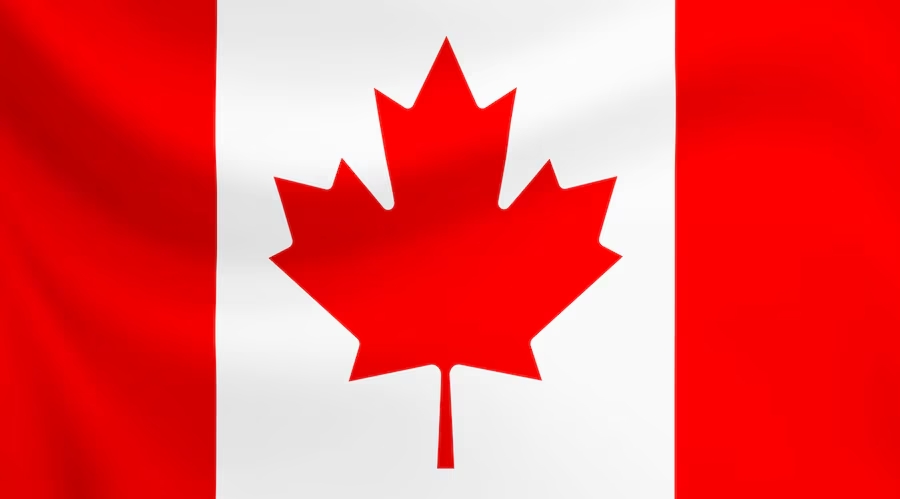Navigate the Tax System with Confidence and Maximize Your Refund This Year
Canadian taxes can seem complicated at first, but once you understand the basics, the process becomes much easier. Here’s a quick guide to help you navigate the Canadian personal income tax system in 2025.

1. The Progressive Tax System
Canada uses a progressive tax system, meaning the more you earn, the higher your tax rate. Your income is taxed at different levels, with higher rates applied to higher earnings. Tax is collected by both the federal government and your province or territory.
2. What is Taxable Income?
Taxable income is the amount of income on which you are required to pay taxes. This is calculated by taking your total income (from employment, investments, etc.) and subtracting eligible deductions. Some common deductions include:
- RRSP Contributions: Contributions to your Registered Retirement Savings Plan (RRSP) reduce your taxable income.
- Childcare Expenses: Costs related to childcare may also be deductible.
- Union Dues: If you pay union dues, these can lower your taxable income as well.
3. Tax Credits to Lower Your Tax Bill
In addition to deductions, tax credits can directly reduce the amount of tax you owe. Some of the most common credits include:
- Basic Personal Amount: A credit everyone can claim, which reduces the overall tax burden.
- Spousal or Dependent Credits: If you support a spouse or dependents, additional credits might be available to reduce your taxes.
By taking advantage of tax deductions and credits, you can reduce your taxable income and potentially lower your overall tax liability.
4. How Taxes Are Paid
For most people, taxes are automatically deducted from your paycheck by your employer. This is called payroll deduction, and it’s sent directly to the Canada Revenue Agency (CRA). If you’re self-employed, you need to make regular tax payments yourself.
At the end of the year, you file a tax return, reporting all your income, deductions, and pension plan.
5. Filing Your Tax Return
To file your taxes, you’ll need to submit your return by April 30, 2025 (for most Canadians), or June 15 if you are self-employed. On your return, you’ll report your income, apply any deductions and credits.
If you’re unsure about filing or deductions, it’s always a good idea to consult with a tax professional to ensure you’re maximizing your benefits.





